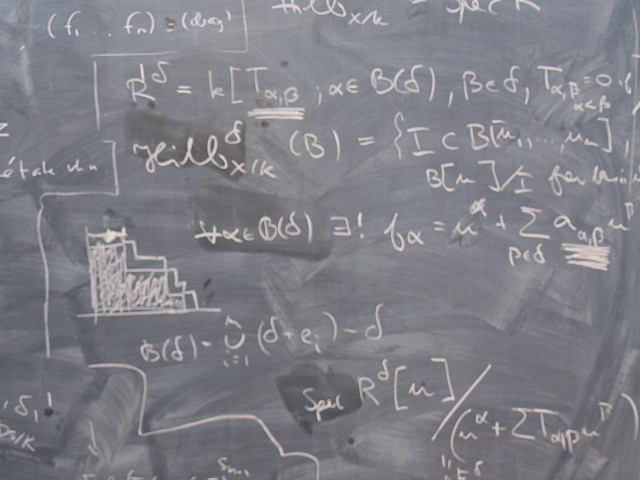Can vary from year to year.
In 03/04 the course treated stochastic differential equations and their numerical solution, with applications in financial mathematics, turbulent diffusion, control theory and Monte Carlo methods. We discussed basic questions for solving stochastic differential equations, e.g. to determine the price of an option is it more efficient to solve the deterministic Black and Scholes partial differential equation or use a Monte Carlo method based on stochastics.
The course treated basic theory of stochastic differential equations including weak and strong approximation, efficient numerical methods and error estimates, the relation between stochastic differential equations and partial differential equations, stochastic partial differential equations, variance reduction.
